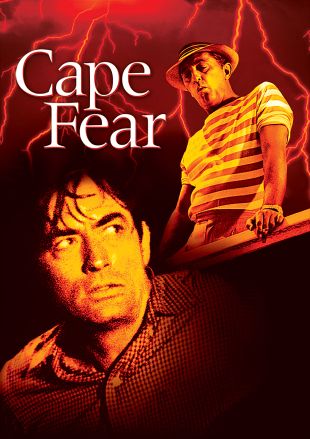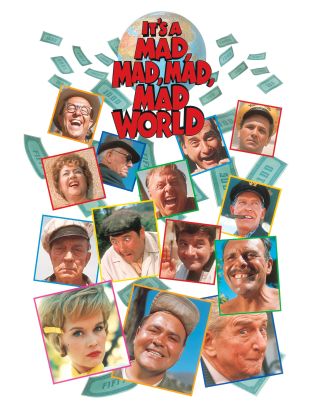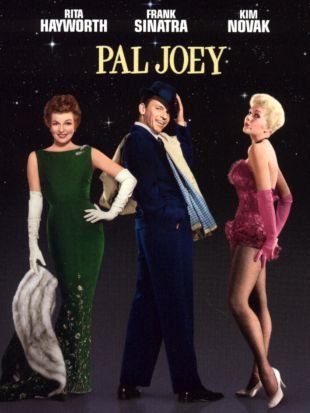Barrie Chase entered movies professionally in the second half of the 1950s, and was the last performer to achieve stardom as a dancer for the next two decades -- until Debbie Allen came along. The daughter of screenwriter and novelist Borden Chase, Barrie was born in 1934 in New York, before her father had made his move to Hollywood (and, in fact, before he was Borden Chase). Her mother was the pianist Lee Keith. Raised in California after her father entered the movie business, she attended the Westlake School and thought there was little special about working in movies. Her main interest from the age of three was dancing and athletics, including swimming, and while still a student at a local ballet school (and barely into her teens), she was picked out of a group of girls to appear in a dance sequence in the MGM Technicolor swashbuckler Scaramouche (1952). The experience left her unimpressed and she ultimately settled on dancing as a career, but her shy nature prevented Chase from pursuing it too diligently. She turned up in the Goldwyn production of Hans Christian Andersen (1952) and the dream sequence in Daddy Long Legs (1955), where she first worked (albeit very briefly) with Fred Astaire.
It was director/producer Dick Powell who first took note of Chase and pulled her out of the chorus in The Conqueror and gave her a small role in You Can't Run Away From It (both 1956), his musical remake of It Happened One Night. She was then back in the chorus for the Fred Astaire/Cyd Charisse vehicle Silk Stockings when choreographer Jack Cole came to her and said that Astaire wanted to meet with her. The veteran actor/dancer/singer was preparing his first network television special, An Evening With Fred Astaire. The performing legend was so pleased with the results that he invited Chase to work with him on his next special; in effect, she became Astaire's last dancing partner in a series of broadcasts that were seen by tens of millions. She did a stage act in Las Vegas that was choreographed by no less a figure than Hermes Pan, and 20th Century Fox used her in a short sequence in Mardi Gras (1958) with Pat Boone. After that, she was offered a seven-year contract, which Chase accepted, and she next worked in Can-Can (1960).
Alas, Chase had the bad fortune to come to Hollywood just at the point when dancers were becoming unnecessary to most of the productions. She was in The George Raft Story (1961), starring Ray Danton, and that was all she did that year. It fell to Gregory Peck, who had seen her on television, to request Chase for a small part in Cape Fear (1962); Stanley Kramer also used her for a dance number involving Dick Shawn in It's a Mad, Mad, Mad, Mad World (1963). She was in a dream sequence -- and, for all of that, was the only woman in the movie -- in Robert Aldrich's adventure film The Flight of the Phoenix (1965), and did occasional television work, including an episode of Bonanza entitled "The Ballerina," written by her actor/screenwriter brother Frank Chase. She left movies later in the '60s after marrying a wealthy medical entrepreneur, but reappeared in the public eye briefly in the late '70s, when John Travolta -- after watching some of Astaire's TV specials -- approached her about working with him during the making of Grease (1978).


